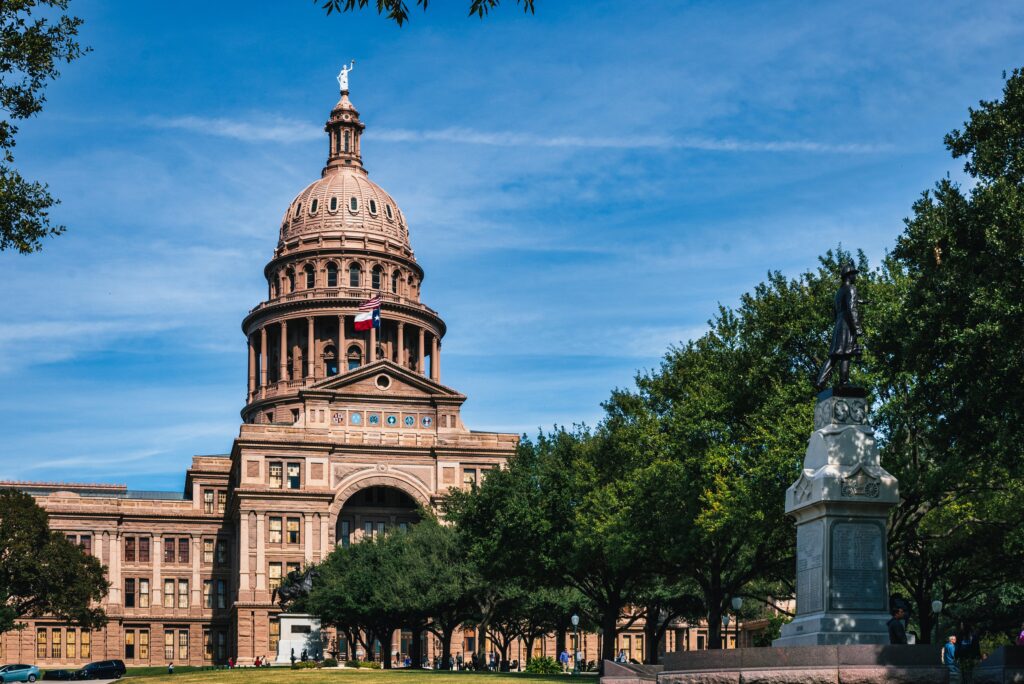Under the No Surprises Act, disputes between payers and providers are settled through arbitration while the patient is held harmless for any surprise bill that occurs in an emergency or in-patient setting during which the patient could not have reasonably known the provider was out-of-network. Under the law, arbiters are required to weigh several non-monetary factors as well as one monetary benchmark: the median in-network contracted amount for the same or similar service in a local area.
A new study finds that dispute resolution outcomes in Texas, a state that implemented a dispute resolution system in 2020, were largely anchored to the established median in-network allowed amount, rather than a much higher alternative benchmark set at the 80th percentile of charges. The study was published earlier this month in the Journal of the American Medical Association.
“Initial rulemaking for implementing the federal law instructed that the monetary benchmark be the primary factor considered by arbiters—an instruction that has been challenged in court,” said Erin Duffy, a research scientist at the USC Schaeffer Center and coauthor of the study. “The Texas experience suggests that a market-based monetary benchmark can anchor dispute outcomes whether or not it is explicitly given presumption over other factors.”
While Policymakers Agree Patients Shouldn’t Receive Surprise Bills, Doctors and Health Plans Disagree on How Rates Should be Decided
Surprise medical bills occur when a patient receives out-of-network care in situations largely outside their control – for example, emergency care or procedures performed by an out-of-network specialist at an in-network facility. In these scenarios, patients receive a surprise bill from their insurer for the balance between the provider’s charge and the insurer’s allowed rate. The No Surprises Act banned this practice, effective January 2022.
Sign up for Schaeffer Center news
Duffy and her colleagues leveraged data from Texas- which banned surprise bills and implemented a dispute resolution process in 2020- to understand how the dispute resolution payment outcomes compared with monetary arbitration benchmarks.
In Texas, when disputes move to arbitration, each party offers a final payment amount. The arbiter must select one of the offers after considering 10 factors, including two monetary factors: the 80th percentile of charges and the median of insurers’ in-network payments for the same services in the geographic area.
Dispute Resolution Amounts In Line with Average In-Network Rates
Analysis of cases that went through dispute resolution found the final allowed amount averaged $635—an amount significantly lower than the 80th percentile benchmark ($1944) and in line with the median in-network allowed amount benchmark ($634).
The researchers find that three-quarters of disputed services were settled through teleconference, the first step of the process before an arbiter is brought in.
“If arbitration outcomes continue to follow the median in-network price benchmark, Texas’ law should result in significant savings to consumers not only by eliminating surprise bills, but also by reducing cost-sharing and premiums,” said Loren Adler, associate director of the USC-Brookings Schaeffer Initiative for Health Policy and co-author of the study.
Compared to final allowed amounts in New York and New Jersey cases, amounts analyzed in Texas dispute resolutions were much lower. This is a significant finding because in New York and New Jersey arbiters are not shown median in-network prices.
Under federal law, disputes must be settled, or arbitration must be initiated. The Centers for Medicare and Medicaid Services (CMS) said when disputes require arbitration, the arbiter should consider the median in-network rate above other factors. But, since the law was enacted, hospitals and medical associations have challenged CMS’ rule in court and insurers and providers are waiting for the Biden administration to explain a new arbitration process.
Erin Trish of the USC Schaeffer Center and Benjamin Chartok of the University of Pennsylvania Wharton School also coauthored the study. Funding for the study was provided in part by a grant from Arnold Ventures. The USC-Brookings Schaeffer Initiative for Health Policy has conducted a body of research on surprise medical billing. Learn more here.
The USC-Brookings Schaeffer Initiative for Health Policy is a partnership between the Economic Studies Program at Brookings and the USC Schaeffer Center for Health Policy & Economics. The Initiative aims to inform the national health care debate with rigorous, evidence-based analysis leading to practical recommendations using the collaborative strengths of USC and Brookings.
Related Work
-
Perspective
The Unfinished Business of Air Ambulance Bills




